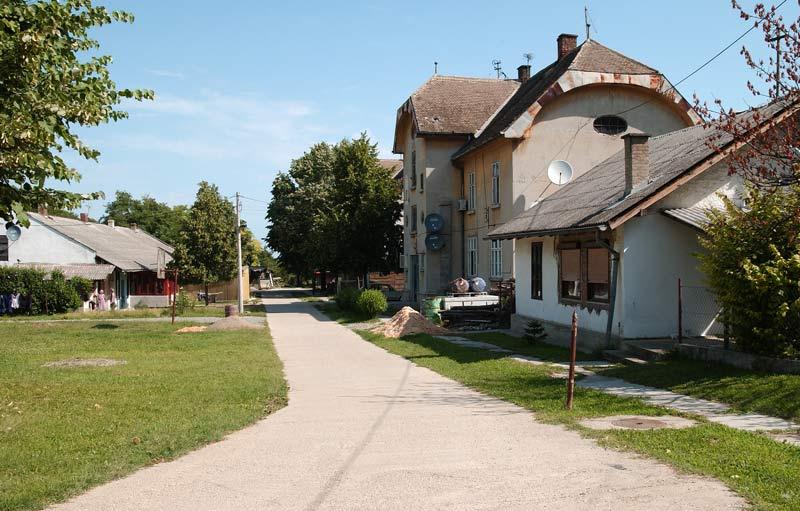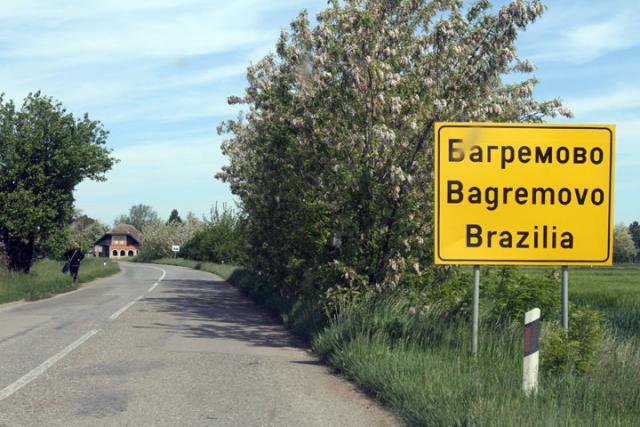Two villages in Vojvodina are named after Brazil’s capital for different reasons

On one occasion, I told Isabel Heyvaert, the then ambassador of Brazil to Serbia, that there were two villages in Vojvodina called Brasilia (or Brazilija in Serbian). She returned to her country half a year ago and called me on the phone recently with the idea of publishing a story about two Brasilias in Vojvodina in a book due to come out in 2020, in honour of Brazil’s 60th birthday. One is not far from Bačka Topola, it is called Bagremovo or Brazilija and it got its name when, after the First World War, local villagers wanted to move to America or to Brazil, and the owner of the land in the village begged them to stay here, saying: “I will give you land, I will build houses for you, and create Brasilia for you here!” At that time, the state of Brazil was called Brasilia, since the city of Brasilia still did not exist (it was founded in 1960). Today, out of about a hundred people who live in Bagremovo, or Brazilija, most are pensioners or people living on welfare, and there are very few young people or those who have a job. Most of them emigrated to Hungary, Germany or major cities in Serbia.

Brazilija has no school, no infirmary, no local community office, no church. They have a cross in one corner with a two-dimensional image of a very feminine, beardless, almost android-looking Jesus. I recently cycled through another Brazilija (Brasilia) and asked a villager there how the village got its name. According to him, this Brazilija got its name on the account of immigrants who had left for Brazil only to return a few years later and settled in the village of Brazilija, which is situated between Beočin and Čerević. So, there is a Brazilija with people who never went to Brazil, and one with people who came back from Brazil.